Surveye designs and installs fire detection systems in compliance with UNI 9795, UNI EN54 and UNI 11224 standards.
Applications range from the Industry to Logistics, from Banking to Retail, including the Large-Scale Distribution and Fashion & Luxury sectors, up to Public Administration, Home (Homes & Residentials), and the Hotels industry (Hospitality & Leisure).
A fire detection system is installed to promptly detect and signal the presence of a fire with the aim of protecting and safeguarding the physical integrity of persons, material goods and infrastructures in general.
The purposes of a fire detection system can therefore be summarized as follows:
- Detect a fire as soon as possible
- Appropriately report the situation and its evolution
- Activate security and action plans
- Favour the prompt exit of people and materials from the area of the incident
Thanks to its long-term experience in the installation of fire-detection systems, Surveye supports its Customers in every phase by providing advice in the selection of the most suitable technologies to be adopted for the specific application context and in the consequent design of the system.
During this stage, Surveye devotes special care to the analysis of the place/site to be protected, identifying criticalities and vulnerabilities in order to optimize the configuration of the solution to be installed.
The subsequent installation and maintenance are carried out in strict compliance with the applicable legislation.
The main fire protection measures can be identified in:
- Automatic fire detection and signalling system
- Automatic water sprinkler system
- Manual fire-fighting media and fixed extinguishing systems (fire extinguishers, hydrant network)
- Smoke and heat exhaust system
- Emergency procedures
The protection provided by the fire-detection and fighting system installed and regularly maintained is the result of the combined action of the various components and technologies employed and of the installed solutions and arrangements.








